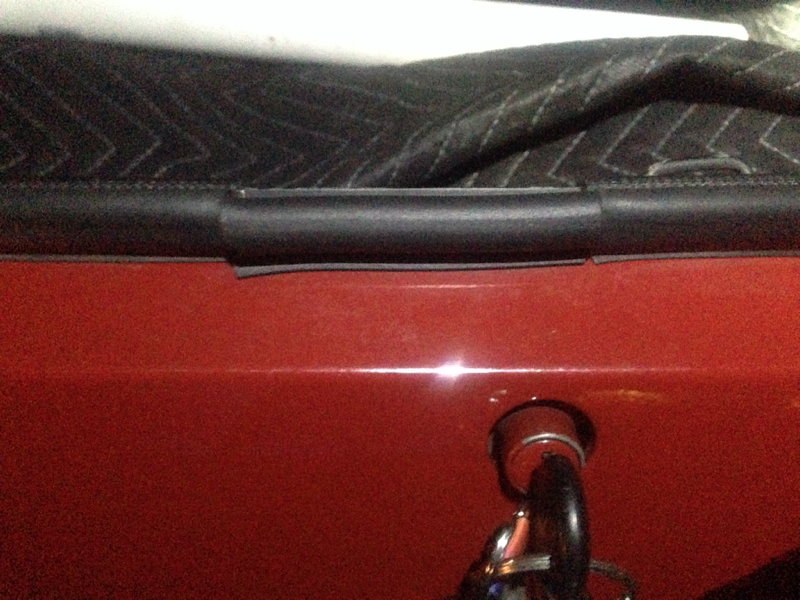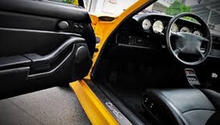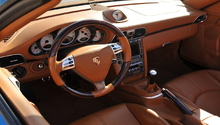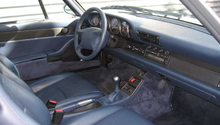Porsche 928: Why Is My Interior Rattling?
Rattling noises can be a source of annoyance, especially when driving long distances. Learn how to diagnose the parts causing the noises and repair them.
This article applies to the Porsche 928 (1979-1995).
Rattling noises in your Porsche 928 interior are a sure way to ruin any driving experience. Some rattling noises, besides irritation, are not likely to hinder the car's major operation as they are caused by a faulty window or hatch. But there are other rattling noises that, if ignored, will result in costly mechanical problems, especially if they come from the engine belts. This article pinpoints possible sources of rattling noises in your 928, how to troubleshoot and address them, and what it costs to do it yourself compared to the garage.
Step 1 – Is the hatch seal shrunk or broken?
For the 928's hatch to lock tightly to the body, the rubber hatch seal stripes need to be sturdy. With time, wear and tear takes a toll on them, and they shrink and dry. As a result, the hatch fails to fit tightly when closed, and when driving, you feel it rattling or squeaking. When you hear the hatch vibrating, check if the seals are dry or have lost their bouncy feel. A 928's hatch seal costs around $70+ online. Faults in the entire hatch lock mechanism also cause the hatch to vibrate as it doesn't lock properly.

Step 2 – Have you checked the window regulator bolts?
Another interior rattle source in your 928 can be caused by the window regulator bolts being loose. That causes the windows to loosen, and when driving, they vibrate irritatingly. If other window regulator arms anchoring the mirror are disjointed, the window will also vibrate when the vehicle is in motion.
Opening the door panel and tightening the regulator bolts solves the problem. Alternatively, if the window regulator is totally faulty, replacing it is the ideal option. A new 928 regulator costs between $100 to $146. Having it replaced by a mechanic may cost you from $131 to $166 in labor according to Repair Pal.

Step 3 – Is the timing belt tensioner worn out?
The timing belt connects motion from the camshaft to the crankshaft. For optimum operation, the belt needs to be at a certain tension, which is applied by the timing belt tensioner. If the belt tensioner is worn out, you'll hear rattling or grinding noises coming from the engine while driving. The noises happen when the belt skips some teeth on the camshaft resulting in loss of engine power and synchronization. That indicates the need to get a new belt tensioner. New 928 timing belt tensioners cost from $73 online. Timing belt condition should also be checked after 60,000 miles.

Step 4 – What is the condition of the torque converter?
The torque converter is a fluid coupling that disconnects the engine from the transmission in automatic cars like a clutch would in a manual. It allows the engine of an automatic 928 to continue running when static. When it's faulty, you will hear rattling noises when the 928 idles and when driving, the car will shudder or feel like you are driving on bumps. Replacing the torque converter for the 928 is the viable option; it costs from $240 with accessories.

Related Discussions
- Window Rattle - Rennlist.com
- 928 with a Rattle - Rennlist.com






